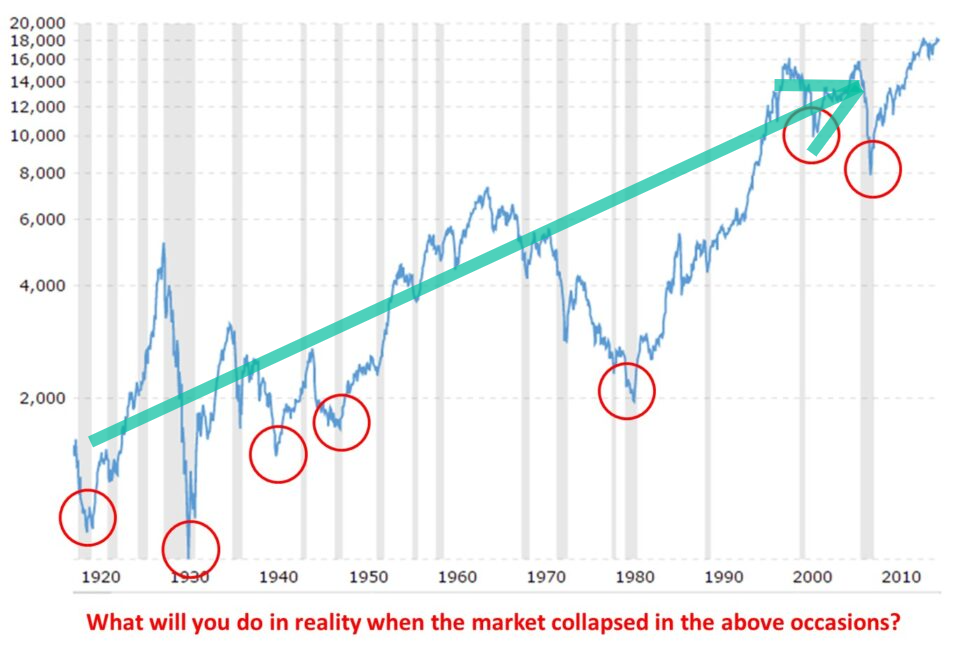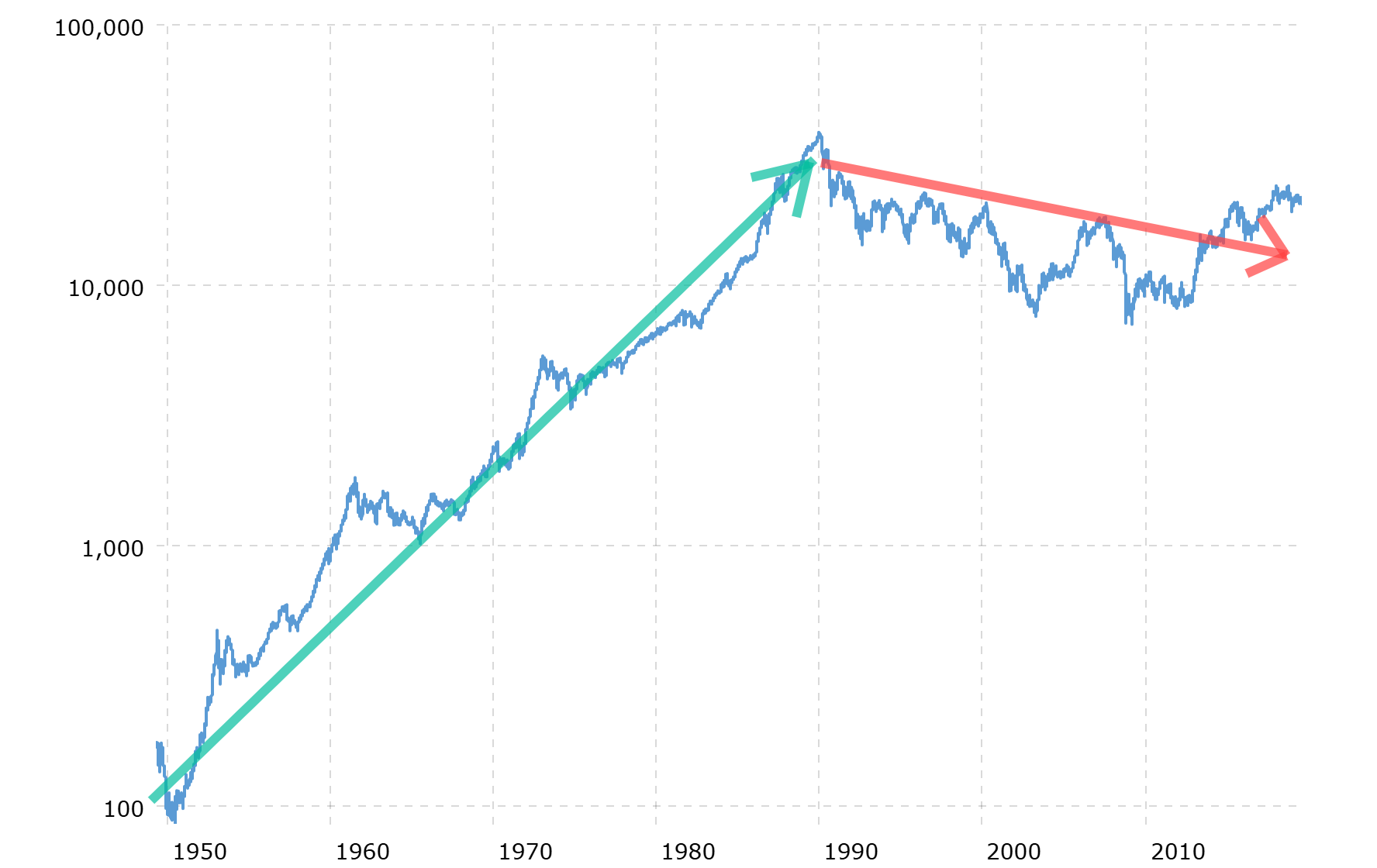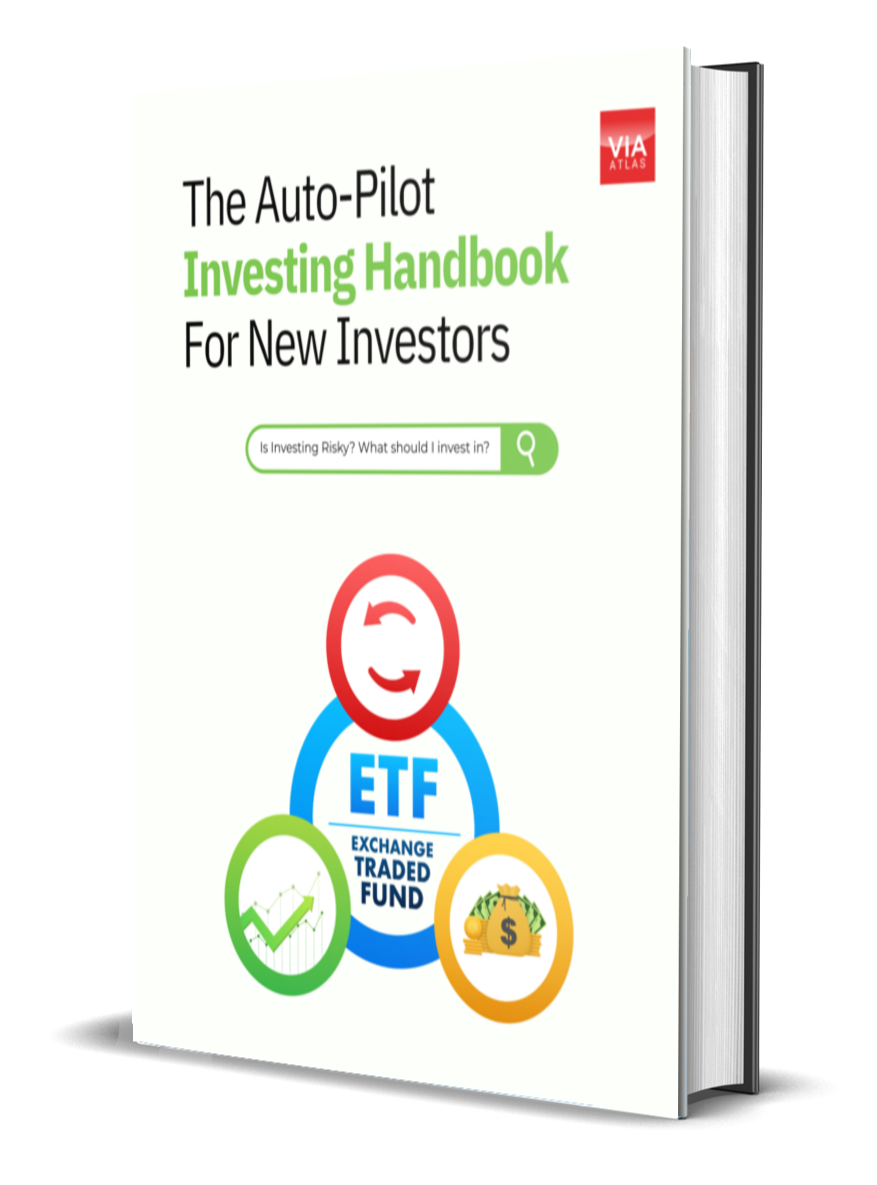Why the S&P 500 Index Fund Is One of the Best Investments for Most People
Hi, this is Cayden again from VIA — Value Investing Academy.
Let’s do a quick recap of what we’ve covered so far.
Previously, I introduced you to ETFs — Exchange Traded Funds
— and explained what an index is. Remember? A bullish run means the index is
going up, and a bearish run means it’s heading down. But here’s the thing — you
can’t directly invest in an index.
That’s why we have index funds, which are designed to
mirror the performance of an index. So, if the index goes up, the share price
of the index fund also goes up. If it goes down, the fund’s price goes down
too.
Sometimes, these index funds are also called ETFs — just a different name, same concept.
We talked about examples like the STI ETF, the S&P
500, Nikkei 225 in Japan, and the Hang Seng from Hong Kong.
But today, I want to show you why — even though I cannot recommend — I
personally believe investing in a good ETF is one of the best financial
decisions you can make.
Why I'm So Confident About Index Funds (Especially the S&P500)
Here’s a definition of an ETF. If you're the academic type, feel free to take a screenshot.
Now let’s zoom in on one of my favourites — the S&P 500 Index.
Here’s the long-term price chart of the S&P 500. Look at this — from 1920 all the way to 2020, what do you notice?

If I draw a line from the start to the end, it only goes in one
direction — UP.
Of course, in the short term, the price moves up and down —
like any other stock. These are the daily, weekly, and monthly fluctuations.
But over the long run? It just keeps going higher.
Why?
Because the S&P 500 isn’t just any random index — it represents the 500 largest and strongest companies in the United States. And when you bundle them all into one number — the index — it reflects their collective growth.
Not All Index Funds Are Created Equal
Now, very important: not all indexes or index funds are
created equal. Some are, frankly speaking, rubbish. You want to stay far
away from those.
Let me show you a comparison.
Here’s the S&P 500 — uptrend since 1955.
Now look at this other index from Japan — the Nikkei 225. From 1950 to 2020, it went up. But after that? It’s mostly flat. Up and down, up and down, but no clear direction.

Imagine investing in the Nikkei at its peak in 1990 — you'd
still be waiting today to make your money back. That's 35 years with
almost no capital appreciation.
You might get dividends, yes, but no real growth in
the share price.
So here’s the key takeaway: choose a strong, proven index.
My Top 2 Picks
- S&P500 Index Fund
- STI ETF (Singapore's Straits Times Index)
The Method: Dollar Cost Averaging (DCA)
1. Invest a Fixed Amount
Example:
- Jan: $300
- Feb: $300
- Mar: $300
- Jan: $100
- Apr: $100
- July: $100
It’s not about the amount. It’s about consistency.
2. Invest at a Regular Interval
Whether it’s monthly, every two months, or quarterly — the
key is to be consistent.
Rain or shine. Market up or down. You invest the same amount
at the same time.
Why?
Because in the short term, prices fluctuate. But in the long run, as we’ve seen, good index funds like the S&P 500 only go one direction — UP.
Which S&P 500 Index Fund to Buy?
One of my favourites is an index fund called VOO —
that’s the ticker symbol.
You can Google this:
VOO S&P 500
It’s managed by Vanguard, one of the largest and
most reputable fund managers in the world. Even Warren Buffett recommends
it!
If you're more comfortable starting with the STI ETF,
you can do that through POSB’s Regular Savings Plan. Just Google:
POSB STI ETF
They’ll show you step-by-step how to start. Minimum
investment? Just $100/month. That’s it.
By the way, I don’t earn any commission from sharing this with you. I just want to pass on good info that has helped me and thousands of our students.
Final Thoughts
So, if you want an easy, idiot-proof way to start investing
— and potentially generate about 9% returns per year like the S&P
500 has done since 1965 — then just start small.
Set a fixed amount. Stick to a regular schedule.
And let time and compounding do the heavy lifting.
In the next (and final) article, I’m going to show you
something even more exciting — so stay tuned!
Once again, this is Cayden Chang from VIA — and I’ll see you soon!
Ready to take the first step?

Get Your Free ETF eGuide
- Learn how to invest in your first ETF
- What is Index (ETF) Investing - the One Thing Needed for a Worry-Free Retirement
- The Power of Compounding - 8th Wonder of the World
- How to Keep Risk Low with Diversification & DCA
- How To Invest on AutoPilot using Exchange-Traded Funds (ETFs), Effortlessly

Suitable For
Solutions For
Mind Kinesis Investments Pte Ltd. All Rights Reserved.


